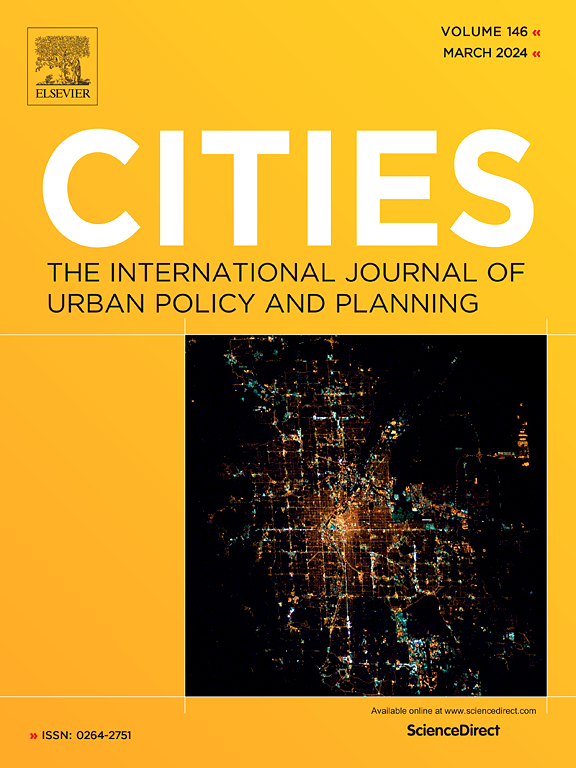Does taken-for-granted technology challenge firm location theories? A micro-spatial analysis of knowledge-intensive business services (KIBS)
IF 6.6
1区 经济学
Q1 URBAN STUDIES
引用次数: 0
Abstract
The paper studies the location decisions of new knowledge-intensive business service (KIBS) in between 2011 and 2020 in the Montreal metropolitan area; it explores whether classical location factors and traditional KIBS locations remain important in a period when broadband and mobile communications had become ubiquitous. A multinomial logit model and a cartography of predicted location probability (by KIBS subsector) are estimated based on a micro-spatial approach. Although some dispersion patterns are observed for subsectors, classic locations such as the city centre and other suburban poles remain important foci for new establishment location. Market-related factors also explain the location decisions of new KIBS. The results suggest that new communication technologies have not fundamentally changed KIBS' location rationalities. The location of new establishments should be distinguished, however, from the locations from which their employees perform their work.
被视为理所当然的技术挑战了企业定位理论吗?知识密集型商业服务的微观空间分析
本文研究了2011 - 2020年蒙特利尔大都市区新型知识密集型商业服务的区位决策;它探讨了在宽带和移动通信变得无处不在的时期,经典的位置因素和传统的KIBS位置是否仍然重要。基于微空间的方法,估计了多项logit模型和预测位置概率(按KIBS子部门)的制图。虽然在分部门中观察到一些分散模式,但经典地点,如市中心和其他郊区极点,仍然是新建立地点的重要焦点。市场相关因素也解释了新KIBS的选址决策。结果表明,新的通信技术并没有从根本上改变KIBS的区位合理性。但是,新机构的地点应该与其雇员工作的地点区分开来。
本文章由计算机程序翻译,如有差异,请以英文原文为准。
求助全文
约1分钟内获得全文
求助全文
来源期刊

Cities
URBAN STUDIES-
CiteScore
11.20
自引率
9.00%
发文量
517
期刊介绍:
Cities offers a comprehensive range of articles on all aspects of urban policy. It provides an international and interdisciplinary platform for the exchange of ideas and information between urban planners and policy makers from national and local government, non-government organizations, academia and consultancy. The primary aims of the journal are to analyse and assess past and present urban development and management as a reflection of effective, ineffective and non-existent planning policies; and the promotion of the implementation of appropriate urban policies in both the developed and the developing world.
 求助内容:
求助内容: 应助结果提醒方式:
应助结果提醒方式:


